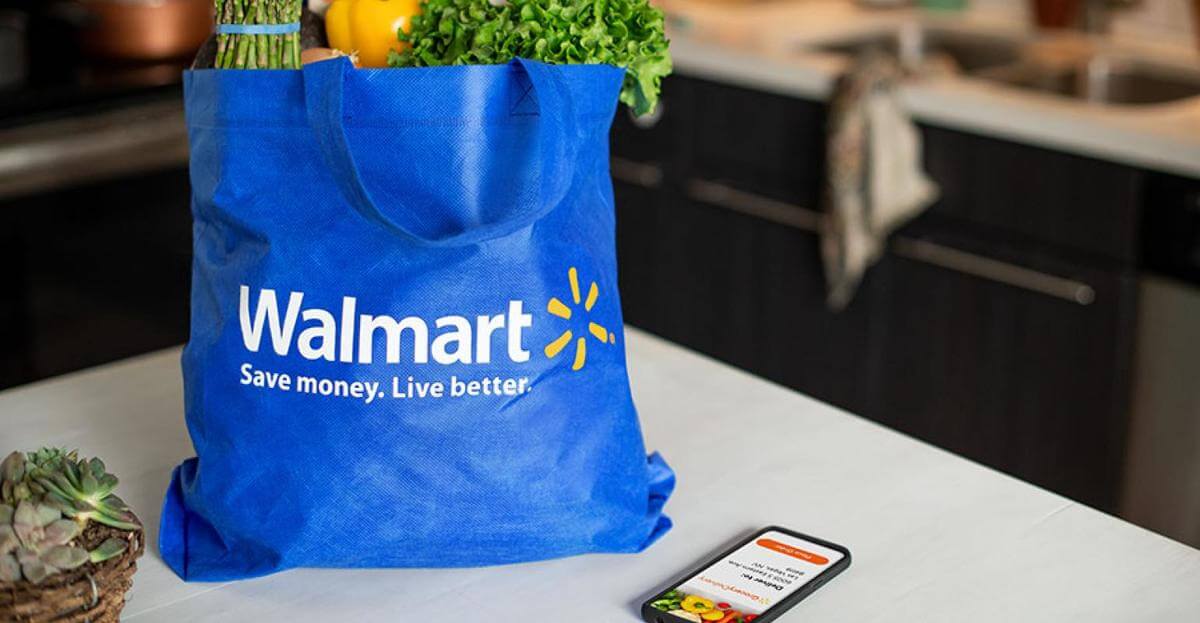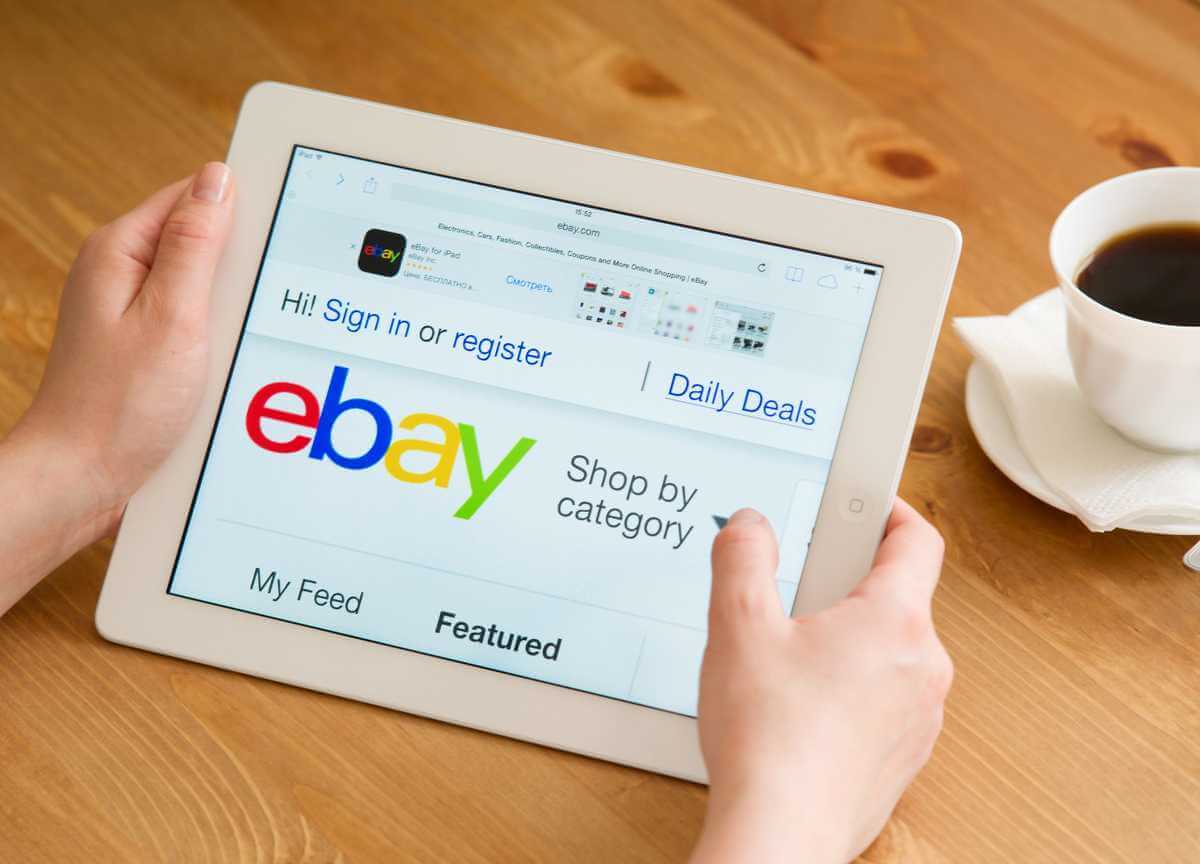
In groceries large retailers lead the market, but they let small businesses stand on their shoulders and develop successfully. Let’s explore how SMB sellers can sell groceries through Amazon, Etsy, Walmart, eBay — and simultaneously! — in our article.
What’s dangerous is not to evolve, said Jeff Bezos once. It’s especially crucial in the world of sales and online sales. Sellers need to develop, increase realization and enter new markets.
Yes, in groceries large retailers lead the market, but they let small businesses stand on their shoulders and develop successfully. Let’s explore how SMB sellers can sell groceries through Amazon, Etsy, Walmart, eBay — and simultaneously! — in our article.
Tips for Selling Groceries on Amazon

Amazon is gradually conquering the grocery market — for which it even goes offline under its brand. In February 2020, the online retailer opened the first Amazon Go Grocery in Seattle. It has also partnered with online and offline retailer Whole Foods for several years. However, the platform does not take the monopoly on selling groceries and provides space for third-party businesses to trade.
But this space in the Amazon is limited to a lot of guidelines. With them, the retailer supports high-quality groceries, their implementation, and delivery.
First things to know: groceries are considered a gated product. That is, the platform supports a closed limited list of manufacturers and sellers. To be included in the list, a retailer must meet the requirements outlined in the Seller Central Amazon help:
- Order defect rate: < 1%
- Late shipment rate: < 4%
- Pre-fulfillment cancel rate: < 2.5%
Also, the products must be properly prepared, packaged and sealed under the required label. Amazon requires constant updating of the data. All requirements for compliance with local legislation as well as the retailer’s conditions can be found in the above referenced section. You can also find, for example, the 18-page listing guide for the Grocery Style Guide.
It means that you can’t do work quickly without using specialized tools for market feeds such as Sellbery. Or rather, you can, but life will get very complicated as you need to track order defect rate, shipment rate, fulfillment rate, product availability and actual price, etc. And all of this apart from meeting the Grocery Style Guide demands.
Once listing, delivery, and other nuances are secured, the focus shifts to marketing. How to get your customers’ attention:
- Amazon advises you to write the name of the brand at the beginning of the title. But this only works for brands whose names customers enter as a search key. For others, you should write the brand at the end of the title on the page: Vanilla-scented coffee by [brand].
- If you sell one product in different variations, collect all the options on one product page. This way, customers will know about the big choice, which will inspire an increased shopping cart.
- Gift Kits will help sales. Bundles or multi-packs will appeal to customers, especially before the big calendar dates.
- Speaking of holidays, Amazon lets arranging as many promotions as possible. Your product can be the perfect gift for the upcoming holiday. The seller can add keywords to holiday listings, as well as organize themed advertising.
- Show appealing photos of your products.
- Add links to automated mails going after the purchase of your products. The mailing lists may contain useful recipes, cooking tips and offers of other products.
Tips for Selling Groceries on Etsy

Etsy specializes in handmade and vintage, although you can also sell craft groceries on it. The online market has been known since 2005, and the main customers are Americans, Canadians, and Australians. The site offers thoroughly made analytics and store management, a well-thought-out help center. The retailer takes $ 0.20 for the listing of each product, also the commission for the sale 5%. Thus, Etsy is more suitable for small local businesses.
Before creating a store, it is essential to study the legislation of the country whose market you plan to enter. For example, for the USA, there are Food and Drug Administration regulations, for Europe — EU food laws and regulations.
Also clean up all your licenses and permits as the seller may need a private business permit, food trade permit, health permit, etc. It all depends on the laws of the country you are planning to sell the goods.
What else you should pay attention to:
- the choice of workspace and storage area to meet marketplace regulations;
- correct packaging and design of the goods (say, according to the Fair Packaging and Labeling Act in the USA);
- choosing the right delivery method to please your customers and not getting punishment from the marketplace;
- maintaining business transparency to provide safeness and high-quality food;
- competent design “About page”, with a focus on the specifics of your business, to attract loyal customers.
Tips for Selling Groceries on Walmart

“If you are selling groceries online and have a faster delivery time than your competitors, emphasize it in your online description and marketing, because people will be much more likely to order from you instead.”
Stacy Caprio. Founder of Accelerated Growth Marketing
Walmart is an American network of grocery and department stores, competing on a scale with the Amazon. The official website says that about 265 million visitors come to 11,200+ Walmart stores in 27 countries every week. Combined desktop and mobile visits to Walmart.com from May 2019 to October 2019 comes to 308 million. Note that this retail network is more associated with groceries than the previous two marketplaces described in the article.
It means that the retailer has a better chance of finding an interested audience — but also more relevant competitors.
Walmart has a slightly different cooperative mechanism, not like Amazon and Etsy, which are initially set up to work with third-party businesses. At Walmart, you need to:
- apply to be a supplier
- sign an agreement with a representative
- choose the integration method
- get the final review from Wallmart.
After that, you can safely trade.
Unlike Amazon, there is no monthly subscription fee. You only give the referral fee for the sold unit. The amount of referral fees varies depending on the product category. For instance, Gourmet Food and Grocery products are charged 15%.
At the Walmart Help Center, there are tips on how to reduce payments, listing, product promotion, etc. We also recommend that you read all policies related to marketing — return, customer support, packaging, and content.
Tips for Selling Groceries on eBay

eBay is an international eCommerce platform, founded in 1995 and successfully survived the dot-crisis. It trades through auctions, which makes it different from other marketplaces. Delivery goes through the Amazon centers, but eBay itself remains an independent organization.
Selling groceries here is not an obvious choice when compared to other marketplaces, but it’s still possible. The online auction has a Food Policy, and it says what goods are acceptable and unacceptable on the site. For example, you can’t sell unpasteurized dairy products, wild mushrooms (except shiitake and morel), etc. Sellers should monitor the quality of packaging, safe storage, and write the expiration date.
Otherwise, eBay, like Etsy, relies on government laws. Food Policy includes references to various provisions of the FDA, the government agency that controls the US food and drug market.
How to Sell on All These Platforms Simultaneously
If you decide to sell on the sales channels described, you will spend hours listing, page, and product designing, updating the lists, collecting orders and so on, and so on.
Just imagine, you have 1,000 products and want to sell them on multiple channels. Setting up 1 product takes 15 minutes, of 1,000 — 250 hours. And it’s only for one channel. Well, better to stop doing the math or you would lose interest in multichannel selling. Instead, let’s explore the way to automate your work.
Sellbery is a special multichannel listing tool, that uploads your listings to marketplaces, social media pages, or Google Shopping. After that it syncs any data changes: you have updated your fruit snack description — great, it’ll be updated everywhere within 15 minutes. The same goes for orders. If someone has bought your last fruit snack on Amazon, it’ll be out of stock on all your sales channels.
What else you get with Sellbery:
- 16 integrations with eCommerce platforms, marketplaces, advertising tools, databases, and social media.
- easy platform management with no need to switch between sales channels and to know programming languages;
- thorough and detailed analytics across all sales channels used.
And the most essential thing you get — TIME to do marketing, implement new strategies, explore trends, unleash your creativity, anything conscious… but not tedious work. Let Sellbery do it for you and increase your profit!
Was this news helpful?








 Yes, great stuff!
Yes, great stuff! I’m not sure
I’m not sure No, doesn’t relate
No, doesn’t relate



